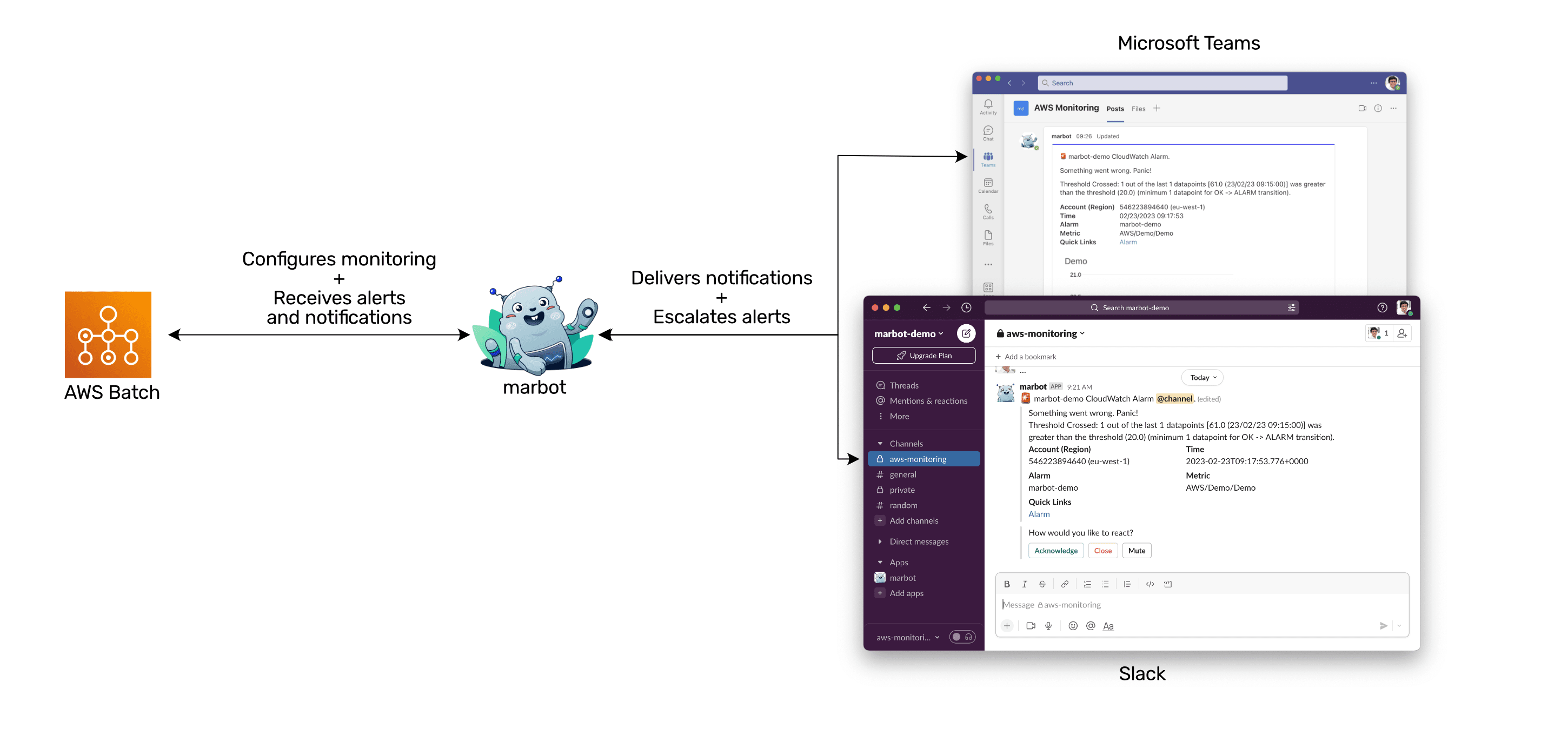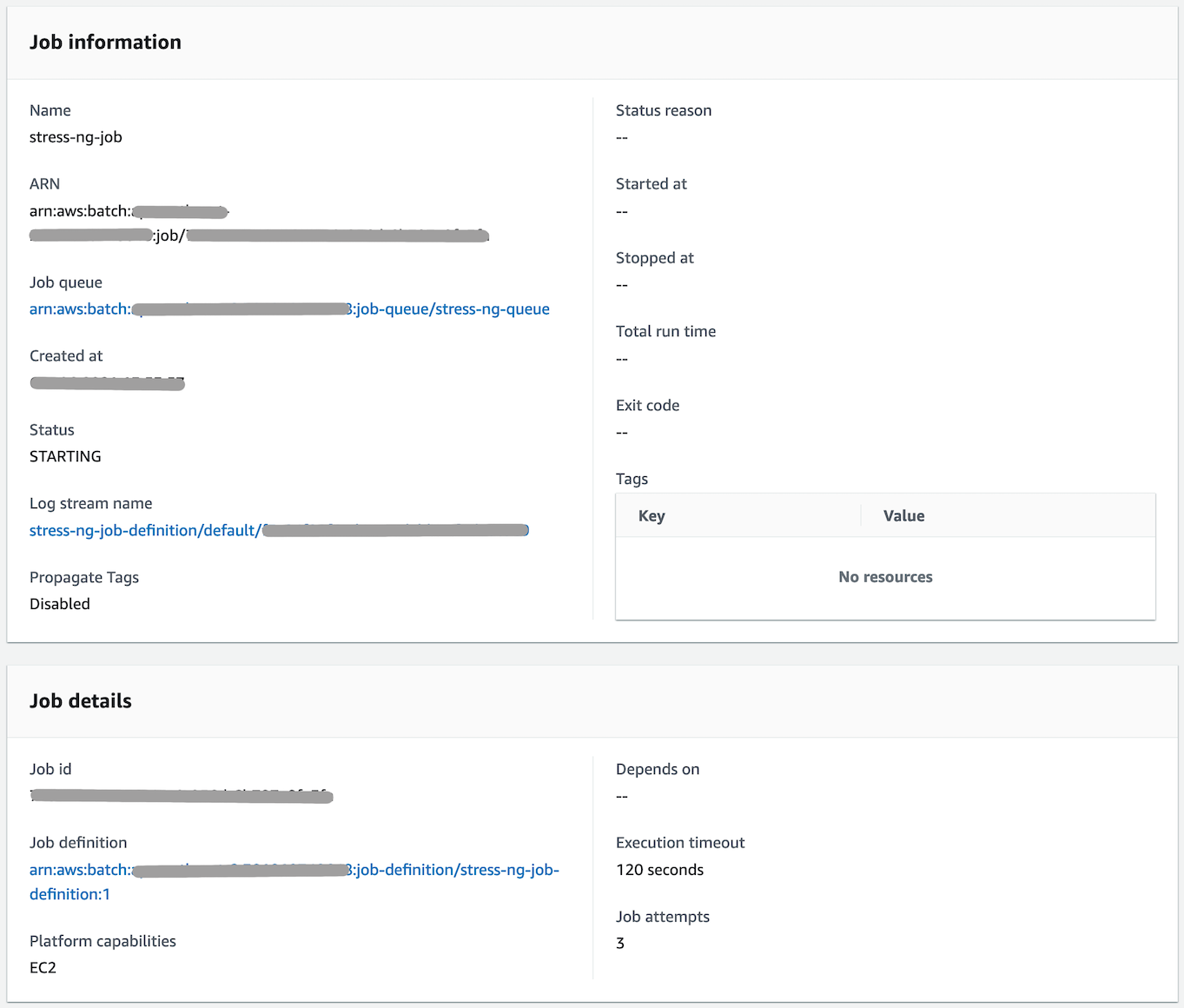RemoteIoT Batch Job Example In AWS: Your Ultimate Guide
Hey there, tech enthusiasts! If you're diving into the world of IoT and AWS, you've probably come across the term "remoteiot batch job example in aws." But what exactly does it mean, and why should you care? Well, buckle up, because we're about to take you on a deep dive into this fascinating topic. Whether you're a seasoned developer or just starting out, understanding how remote IoT batch jobs work in AWS can be a game-changer for your projects.
Imagine this: you're managing a network of IoT devices scattered across the globe, each generating data every second. How do you handle all that information efficiently without losing your mind? That's where AWS comes in with its powerful batch processing capabilities. By leveraging tools like AWS Batch, Lambda, and Step Functions, you can automate and streamline your IoT workflows like never before.
In this article, we'll break down everything you need to know about remote IoT batch jobs in AWS. From setting up your environment to optimizing performance, we've got you covered. So grab your favorite beverage, get comfy, and let's explore the magic of remote IoT batch jobs in AWS!
- Odisha Viral Girl Mms Unveiling The Truth Behind The Controversy
- Pink Bear Gojo The Mysterious Character Unveiled
What Is RemoteIoT Batch Job Example in AWS?
Let's start with the basics. A remote IoT batch job example in AWS refers to the process of executing batch operations on IoT data using AWS services. Think of it as a way to process large volumes of data generated by your IoT devices in a scalable and efficient manner. AWS provides a suite of tools that make this possible, including AWS Batch, AWS Lambda, and AWS IoT Core.
Here's why this matters: as IoT continues to grow, the amount of data generated by connected devices is skyrocketing. Traditional methods of handling this data simply aren't cutting it anymore. With remote IoT batch jobs in AWS, you can process data in batches, ensuring that even the largest datasets are handled with ease.
Why Use AWS for Remote IoT Batch Jobs?
AWS is the go-to platform for many developers when it comes to IoT batch processing. Here's why:
- Buscar Kid Mom Cctv Video What You Need To Know
- Ai Undress Tools Explore Creative Image Editing Without Limits
- Scalability: AWS can handle millions of devices and terabytes of data without breaking a sweat.
- Flexibility: You can choose from a variety of services to tailor your batch processing workflow to your specific needs.
- Security: AWS offers robust security features to protect your IoT data from unauthorized access.
- Cost-Effective: With AWS, you only pay for what you use, making it an affordable solution for businesses of all sizes.
Setting Up Your RemoteIoT Environment in AWS
Before you can start running batch jobs, you'll need to set up your environment in AWS. Here's a step-by-step guide to help you get started:
First things first, you'll need to create an AWS account if you don't already have one. Once you're logged in, follow these steps:
- Set up an AWS IoT Core instance to connect your devices.
- Create an S3 bucket to store your IoT data.
- Configure AWS Batch to handle your batch processing tasks.
- Set up IAM roles and policies to ensure proper access control.
Don't worry if this sounds overwhelming—we'll break down each step in more detail later in this article.
Choosing the Right AWS Services
With so many AWS services available, it can be tough to decide which ones to use for your remote IoT batch jobs. Here's a quick rundown of the most popular options:
- AWS IoT Core: This service allows you to connect, monitor, and manage your IoT devices at scale.
- AWS Batch: Perfect for running batch processing jobs on large datasets.
- AWS Lambda: Ideal for executing serverless functions triggered by IoT events.
- AWS Step Functions: Helps you orchestrate complex workflows involving multiple AWS services.
Understanding Batch Processing in RemoteIoT
Batch processing is a crucial component of remote IoT operations in AWS. But what exactly is it? Simply put, batch processing involves executing a series of tasks on a dataset in a sequential manner. This approach is particularly useful when dealing with large volumes of data, as it allows you to process the data in manageable chunks.
In the context of remote IoT, batch processing can be used for a variety of tasks, such as:
- Data aggregation and analysis
- Machine learning model training
- Real-time anomaly detection
- Data transformation and cleansing
Benefits of Batch Processing in RemoteIoT
There are several advantages to using batch processing for your remote IoT operations:
- Efficiency: Batch processing allows you to handle large datasets more efficiently than traditional methods.
- Cost Savings: By processing data in batches, you can reduce the overall cost of your operations.
- Scalability: AWS batch processing services can scale automatically to meet your changing needs.
- Reliability: Batch processing ensures that your data is processed consistently and accurately.
Step-by-Step Guide to Running a RemoteIoT Batch Job in AWS
Now that you understand the basics, let's walk through the process of running a remote IoT batch job in AWS:
Step 1: Prepare Your Data
The first step is to gather and prepare your IoT data. This might involve collecting data from your devices, cleaning it up, and storing it in an S3 bucket. Make sure your data is well-organized and ready for processing.
Step 2: Define Your Batch Job
Next, you'll need to define your batch job. This involves specifying the tasks you want to perform on your data, as well as any dependencies or prerequisites. You can use AWS Batch to create and manage your batch jobs.
Step 3: Execute the Job
Once your batch job is defined, it's time to execute it. AWS will automatically allocate the necessary resources and run your job according to the parameters you set. Sit back and relax while AWS does the heavy lifting!
Step 4: Monitor and Optimize
Finally, you'll want to monitor your batch job to ensure it's running smoothly. AWS provides a variety of tools to help you track the progress of your job and optimize its performance. Use these tools to identify bottlenecks and make adjustments as needed.
Best Practices for RemoteIoT Batch Jobs in AWS
To get the most out of your remote IoT batch jobs in AWS, here are some best practices to keep in mind:
- Use version control for your batch job definitions to ensure consistency.
- Regularly back up your data to prevent loss in case of system failures.
- Optimize your batch job parameters to improve performance and reduce costs.
- Monitor your batch jobs closely to catch issues early and prevent downtime.
Common Challenges and Solutions
While running remote IoT batch jobs in AWS can be incredibly powerful, it's not without its challenges. Here are some common issues you might encounter and how to solve them:
- Resource Constraints: If you're running out of resources, consider increasing your instance size or using spot instances to save costs.
- Data Integrity: To ensure data accuracy, implement checksums and validation checks during the batch processing phase.
- Performance Issues: Use AWS CloudWatch to monitor your batch jobs and identify areas for improvement.
Real-World Examples of RemoteIoT Batch Jobs in AWS
Seeing real-world examples can help you better understand how remote IoT batch jobs work in practice. Here are a few examples:
- Smart Agriculture: A farm uses IoT sensors to monitor soil moisture levels and runs batch jobs to analyze the data and optimize irrigation schedules.
- Industrial IoT: A manufacturing plant uses IoT devices to track equipment performance and runs batch jobs to predict maintenance needs.
- Smart Cities: A city uses IoT sensors to monitor traffic patterns and runs batch jobs to optimize traffic light timing.
Lessons Learned from Real-World Implementations
From these examples, we can draw several key lessons:
- Plan Ahead: Careful planning is essential for successful remote IoT batch jobs.
- Iterate and Improve: Continuously refine your batch jobs based on real-world feedback.
- Stay Flexible: Be prepared to adapt your batch jobs as your needs and data evolve.
Future Trends in RemoteIoT Batch Jobs in AWS
As technology continues to advance, we can expect to see some exciting developments in the field of remote IoT batch jobs in AWS. Here are a few trends to watch:
- Edge Computing: More processing will move to the edge, reducing latency and improving performance.
- AI and Machine Learning: These technologies will play an increasingly important role in analyzing and optimizing IoT data.
- 5G Networks: The rollout of 5G will enable faster and more reliable connections for IoT devices.
Preparing for the Future
To stay ahead of the curve, here are some steps you can take:
- Invest in training and education to keep your skills up to date.
- Experiment with new technologies and tools to see what works best for your use case.
- Engage with the AWS community to stay informed about the latest developments.
Conclusion: Take Action Today!
And there you have it—everything you need to know about remote IoT batch jobs in AWS. From setting up your environment to optimizing performance, we've covered it all. Remember, the key to success is staying informed, experimenting, and iterating based on real-world feedback.
Now it's your turn! Whether you're ready to dive into your first remote IoT batch job or looking to refine your existing workflows, take action today. Don't forget to leave a comment below sharing your thoughts or questions, and be sure to check out our other articles for more tips and tricks. Happy coding, and good luck with your remote IoT journey!
Table of Contents
- What Is RemoteIoT Batch Job Example in AWS?
- Why Use AWS for Remote IoT Batch Jobs?
- Setting Up Your RemoteIoT Environment in AWS
- Choosing the Right AWS Services
- Understanding Batch Processing in RemoteIoT
- Step-by-Step Guide to Running a RemoteIoT Batch Job in AWS
- Best Practices for RemoteIoT Batch Jobs in AWS
- Real-World Examples of RemoteIoT Batch Jobs in AWS
- Future Trends in RemoteIoT Batch Jobs in AWS
- Conclusion: Take Action Today!
- Damon Darlings Net Worth In 2024 Whats His Story The Full Scoop
- Fred Durst The Man Behind Limp Bizkits Success And His Impact On Music

AWS Batch Implementation for Automation and Batch Processing

Monitoring AWS Batch marbot

g. Run a Single Job AWS HPC